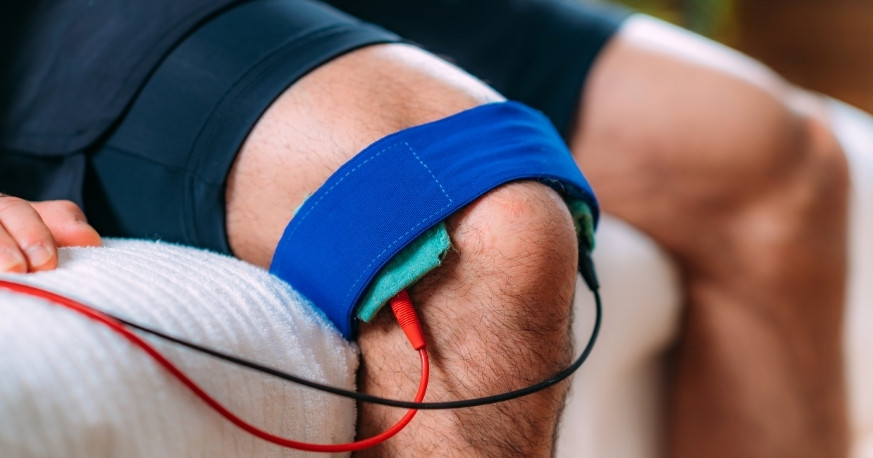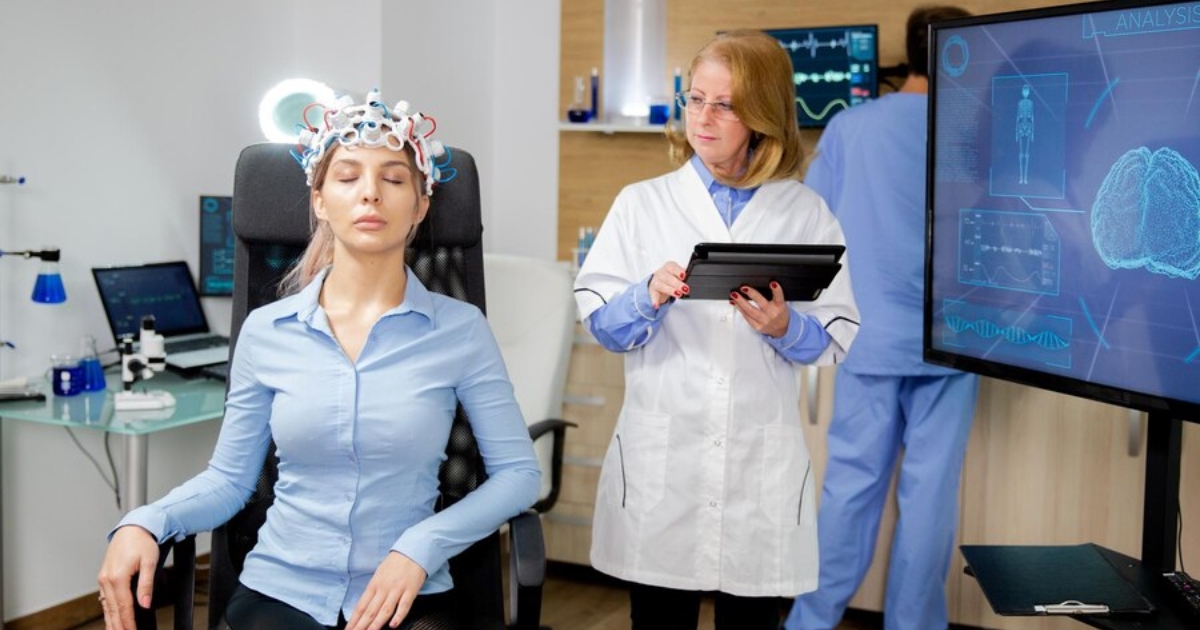10242 Greenhouse Rd #1002 Cypress, TX 77433
Why Athletes and Veterans Are Turning to mPNS for Long-Term Pain Relief?

For athletes and veterans, pain can become a constant part of life. Whether it’s due to sports injuries, intense physical training, or combat-related trauma, many struggle with chronic discomfort. Traditional pain treatments often come with side effects or limited results. Now, more people from these groups are discovering a new way to manage pain: Peripheral Nerve Stimulation (PNS). This non-invasive method is changing lives by offering long-lasting relief without heavy medication or risky procedures.
Here’s why this approach is becoming more popular and how it’s helping improve daily life.
What Is Peripheral Nerve Stimulation?
Peripheral Nerve Stimulation (PNS) is a pain management treatment that targets nerves outside the brain and spine. It works by delivering small electrical pulses through tiny electrodes placed near the nerve. These pulses block pain signals from reaching the brain.
Here’s what makes it stand out:
- No need for major surgery
- Minimal recovery time
- Can be adjusted to individual needs
- Reduces reliance on pain medication
- Offers long-term relief for many
This treatment gives people another option when traditional methods fail.
Why do Athletes Choose PNS?
Athletes often face pain from repetitive motion, impact injuries, and wear and tear. Managing that pain is crucial not just for performance but also for quality of life.
Here’s why many are choosing this path:
- Non-drug alternative: Painkillers can cause side effects or dependency. PNS offers relief without those risks.
- Faster return to activity: Since it’s not invasive, athletes can stay active during treatment.
- Targeted treatment: PNS focuses directly on the source of pain instead of masking symptoms.
- Lasting results: It can help break the pain cycle, leading to long-term improvement.
Why Are Veterans Turning to PNS?
Veterans often deal with pain from service-related injuries. Conditions like nerve damage, phantom limb pain, or chronic back pain are common. Unfortunately, many are prescribed opioids or go through repeated procedures.
This is why PNS is becoming a trusted option for them:
- Less reliance on medication: Veterans want to avoid the long-term risks of opioids.
- Freedom from daily pain: PNS offers consistent relief, helping veterans enjoy daily activities again.
- Better mental health outcomes: When pain decreases, so does stress and anxiety.
- Improved sleep and mood: Many report better rest and overall well-being after starting treatment.
Benefits of PNS Beyond Pain Relief
This method isn’t just about reducing discomfort. It improves many aspects of life that are often affected by chronic pain.
Here’s how it helps beyond pain control:
- Boosts physical activity: When pain goes down, movement becomes easier.
- Enhances quality of life: With less pain, people feel more energized and engaged.
- Promotes independence: Users don’t have to rely on others as much for daily tasks.
- Supports emotional wellness: Less pain means fewer mood swings and more confidence.
What Makes This Therapy Different?
Unlike other treatments, PNS offers a simple and effective way to target pain without overwhelming the body. Some versions even use magnetic fields instead of electrodes. For instance, mPNS (Magnetic Peripheral Nerve Stimulation) is a growing option. It uses external devices that deliver magnetic pulses through the skin to stimulate nerves. It’s safe, painless, and doesn’t involve any implants.
More reasons why it’s gaining ground:
- No hospital stay needed
- Non-surgical and low-risk
- Sessions take only a short time
- Often covered by insurance
For people who’ve tried everything else, this offers new hope.
Is It Right for Everyone?
While this method helps many, it may not work for every kind of pain. It’s best for nerve-related conditions. Before starting, a healthcare provider will do a full review to see if it fits.
People who may benefit include:
- Those with nerve injury pain
- Individuals with post-surgical pain
- People with complex regional pain syndrome (CRPS)
- Veterans and athletes with long-term injury pain
When done correctly, PNS can change the way people live and manage pain.
Peripheral Nerve Stimulation is creating a big shift in how pain is treated. Athletes and veterans, two groups often hit hardest by chronic pain, now have a better path to relief. With fewer risks and strong results, it’s easy to see why more are choosing this route. As more people learn about this therapy, its impact will likely grow even stronger in the coming years.


